MONTREAL — Canadian National will cut costs as carload volume falls amid the coronavirus pandemic, but the railway expects bulk and domestic intermodal traffic to remain strong for at least the next two months.
The railway is currently handling more revenue ton-miles than it did last year at this point, thanks to grain, coal, potash, and domestic intermodal volume, CEO JJ Ruest told an investor webcast on Thursday. But overall carloads were down 7% last week, and are off by 6% for the year.
International intermodal is down due to the pandemic, and crude oil and frac sand traffic is declining due to the collapse of global oil prices. Crude oil traffic is likely to fall by at least half due to an oil price war the Saudis and Russians began earlier this month, Ruest says.
Automotive traffic will decline, as well, as North American assembly plants shut down for weeks and consumers pull back on spending, Ruest says, noting that North American auto sales could slump 15% or more this year.
CN has furloughed 1,400 operations employees, or about 7% of the people who work in the field in the U.S. and Canada. The railway will use the furloughed people as a reserve force in the event more workers are quarantined or are ill and cannot report to work, Ruest says.
The railway may idle some small yards if carload traffic continues to decline, and officials have drawn up plans to store locomotives and freight cars to reduce costs if volume declines further, Ruest says.
Most headquarters and office employees are now working from home. CN has stepped up cleaning and disinfecting efforts in locomotives, intermodal terminal cranes, shops, and offices where people need to work.
CN wants to protect the health and safety of its workforce, Ruest says, and ensure that they feel safe coming to work. “We need them to keep moving the economy,” he says.
Like other Class I systems, CN has separated its rail traffic controllers to reduce the likelihood of the spread of coronavirus. The railway is now dispatching its Canadian operations from three locations, up from just Edmonton, Alberta, and Montreal, and from two locations in the U.S. instead of just one dispatching center in Chicago. At the beginning of each shift, medical staff check the temperature of each dispatcher and ask health questions as part of an effort to ensure workers are healthy.
Chief Financial Officer Ghislain Houle says CN is well-positioned to weather a downturn due to its strong cash position and flexible credit arrangements.
The railway will reduce its capital budget by a yet to be specified amount as it scales back the number of capacity expansion projects it had planned for this year, Houle says.
CN does not want to get caught short of track capacity, however, if traffic rebounds sharply after the pandemic passes, social distancing restrictions are lifted, and people return to work, the executives said.
CN continues to buy back its shares at a set amount every day, Houle says.
Ruest and Houle spoke with BMO Capital Markets analyst Fadi Chamoun during a webcast on Thursday afternoon.





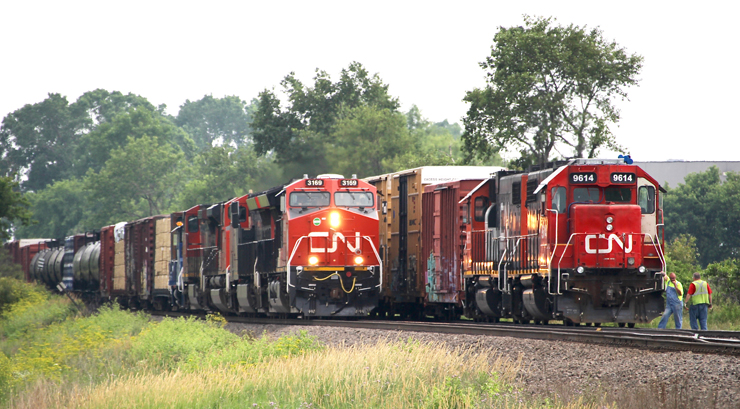

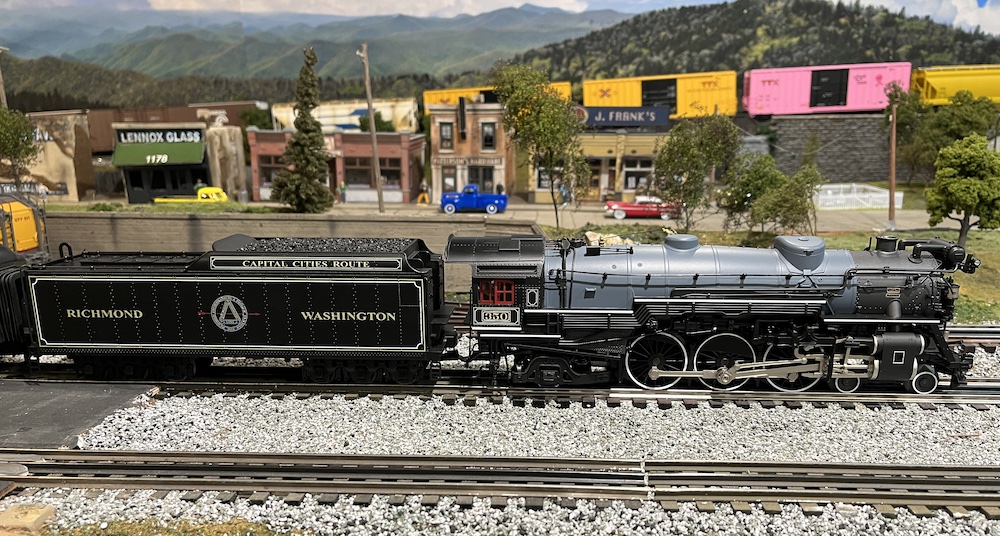
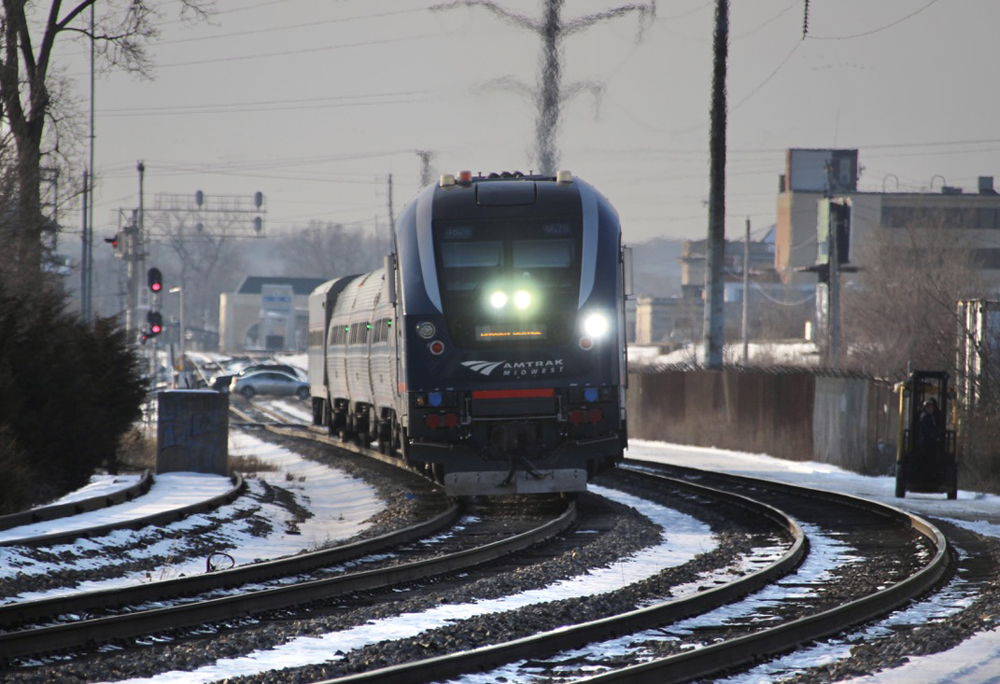
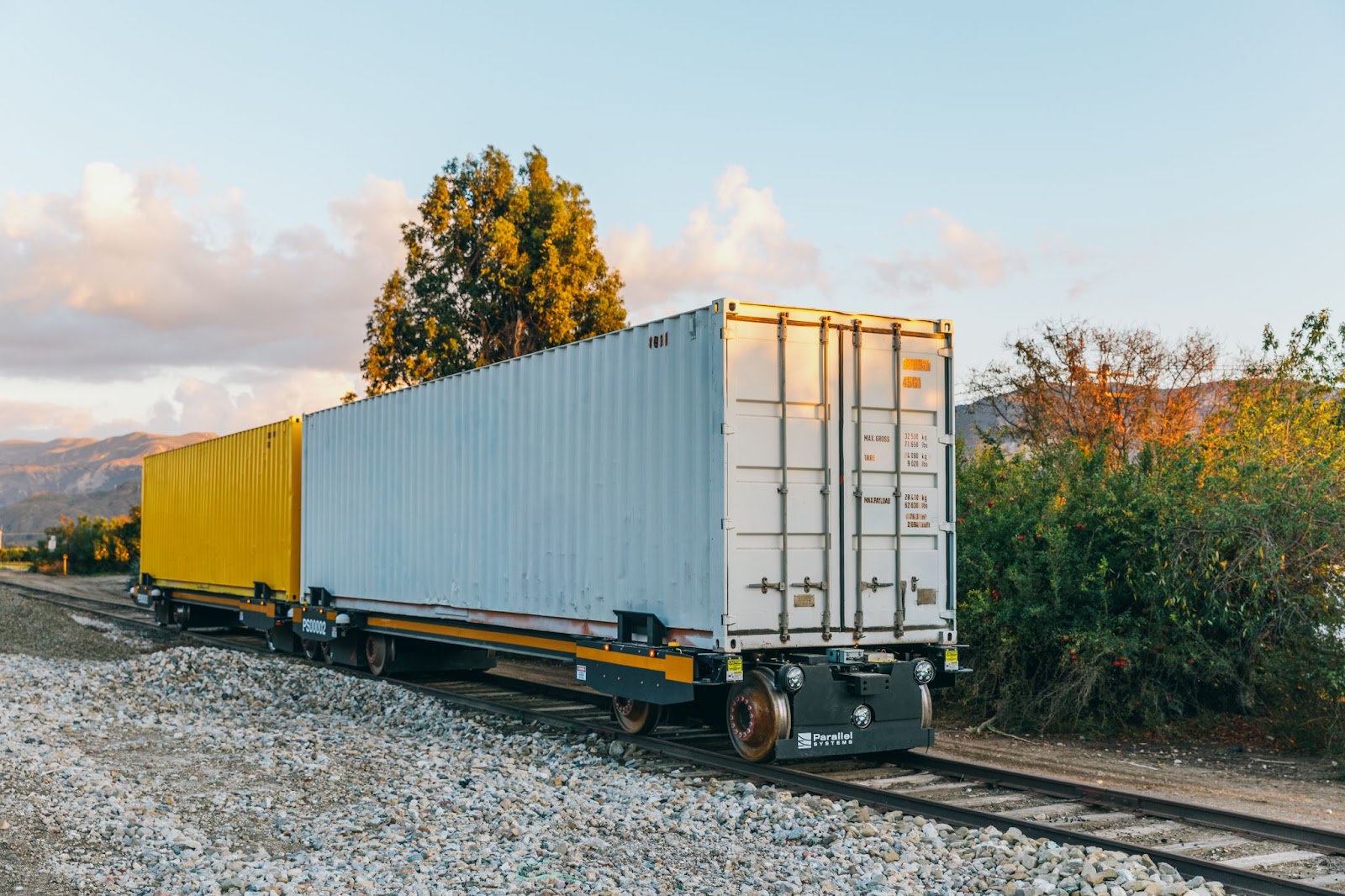
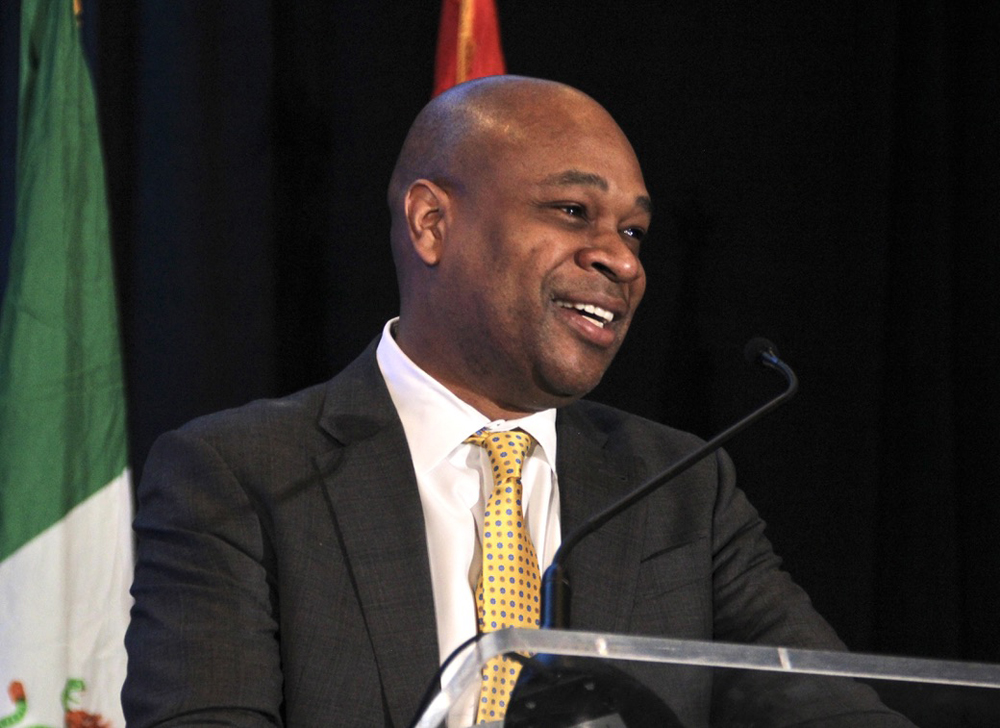




Well business continues to decline, but the good news is that stock buybacks are continuing uninterrupted.
Regarding my pist (below) of a half-hour ago, MILW was two very different railroads – thousands of miles of economic disaster and branch lines built to low standards. The first 85 miles out of Union Station north to Milwaukeew as one heck of a railroad. It was lined with 1960’s-era factories with high-capacity spurs.
Talk about ironic, of all the new industrial development in Milwaukee’s Menomonee Valley, the former site of the Milwaukee Road’s car and engine shops, there isn’t a single freight spur.
PAUL – We could write a book on the abandoned freight spurs in the Milwaukee area and down to Chicago. Ironically a new spur built about 20 years ago for a very small customer is still active. This spur comes off the CP main north of Layton Avenue, Milwaukee. I say “ironic” because much bigger industries have closed or gone all truck.
I read somewhere, probably on this forum, the that flour miller along the Hiawatha route west of Chicago Union Station was going to close. This has happened – I saw this the last time I left home before everything shut down. This plant was always jammed with grain hoppers. What was notable about this plant was that a rider on the former Milwaukee Road route (Amtrak or METRA) could see a Norfolk Southern switcher! This was a remnant of when the PRR “Panhandle” trains served the NORTH side of Union Station. The same day I saw a track gang, evidently removing the connection from NS’s north-south main onto the east-west industrial spur.
PAUL – Your’re right about the cement unload but that’s further east than the new light industrial I was talking about that is 100% truck.
Haven’t been down in the Menomonee Valley for a few years and have certainly noticed the retrenchment down there over the years. But last time I think there’s still a pretty big cement unload down there near the casino.
When I last lived in Chicago I was always excited to catch that NS turn from Ashland Ave to that Ogden Ave elevator. My now-wife at the time lived down around Western and Cermak (a wonderful spot to railfan where the Western Ave Corridor ducks under the CTA Pink Line and the BNSF triple track) and the turn would usually pass northbound when I’d be going there after work). In the later years it used those low emission Geeps with the green Illinois markings (they had similar with Georgia markings running in the Atlanta area).
I know of at least 2 non-Milwaukee metro carload shippers on CP and UP respectively. Bimbo Bakery (formerly Brownberry Ovens) in Oconomowoc, inbound flour loads. Ladish Malting in Jefferson Jct. The former is serviced by an eastbound maid-of-all-work for the trailing industry spur turnout, so not sure if that qualifies as a “local” but probably is a CP “H” symbol.
I can’t believe zero carload customers in Milwaukee County on CP or UP. Way down from the heyday? Absolutely. All switched by road trains? Doubtful.
CURTIS – WCL had and CN has local action Waukesha north to Fond du Lac – merchandise and quarry both. That I can tell there’s next to no local action on rivals CPR and UPRR which hit more populated Milwaukee.
WCL had and for a long while CNR had a locomotive stationed at the classic stone Waukesha depot for locals. In WCL days it would be something lower-rated than the mainline SD45’s, maybe a GP35 or something like that. In CNR days maybe an ancient ICRR Geep. I may be wrong but it seems now all the locals are based out of Fondy, not Waukesha any longer.
Question, is there still local traffic Waukesha south to Burlington?
The local in the pix is known as the “Dixie turn.” Down from FDL shops yard to Quad graphics and back…when had most interesting power lash-ups.
Quick back of the envelope method for calculating expected Crude by Rail shipments from Canada, if you have access to market information. The difference between West Texas Intermediate (WTI) and Western Canada Select (WCS) has to be greater than $17, or the oil doesn’t get on the train.